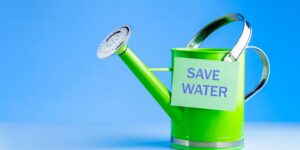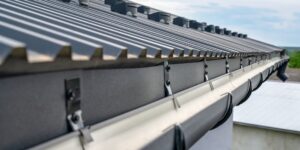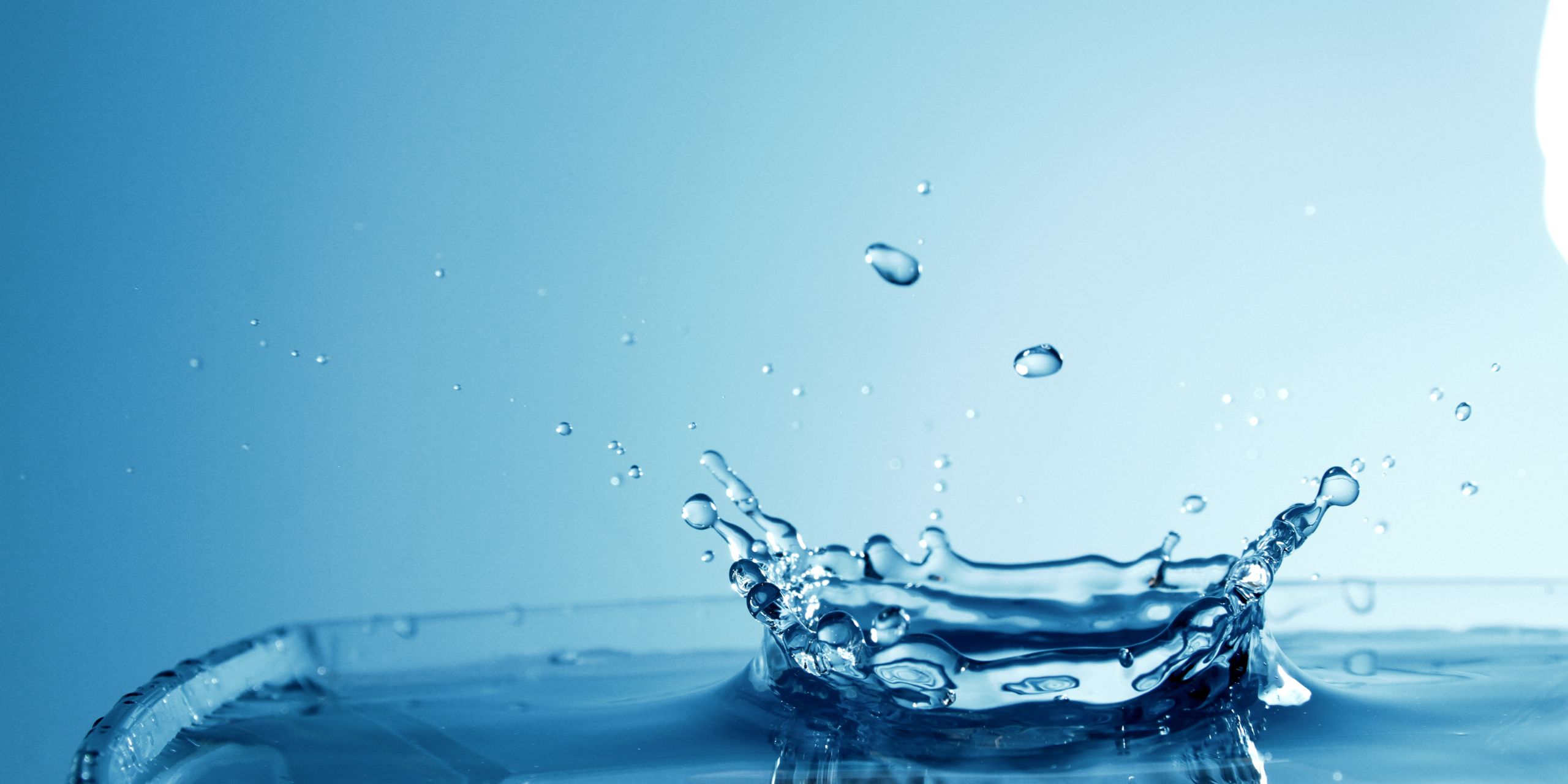Water is a precious resource, and there is rising concern over its global shortage. People must take responsibility for decreasing their water consumption because climate change continues to abrogate the natural water cycles. Making house renovations that are intended to conserve water is one approach to achieve this. This post will go through some water-saving house upgrades, such as replacing old faucets and fixtures and putting water-conserving landscaping practices in place.
Invest in New Plumbing Fixtures
Upgrades to your plumbing fittings are the first thing you should do to save water at home. Toilets, showerheads, and faucets that are old and inefficient can waste a lot of water. Installing low-flow fixtures could save you money without sacrificing quality.
A low-flow faucet can use 30% less water than standard ones, on average. To produce a comparable effect, aerators can be added to currently installed faucets.
b. Showerheads: Low-flow models use 2.5 gallons of water or less per minute (GPM), as opposed to conventional models, which use 4-5 GPM. An average family can save up to 7,700 gallons of water annually as a result of this.
c. Toilets: High-efficiency toilets utilize 1.28 gallons of water or less each flush (GPF), as opposed to earlier ones, which use 3.5-7 GPF. A high-efficiency toilet can reduce water consumption by up to 13,000 gallons annually.

Fix Leaks Right Away
Each year, hundreds of gallons of water can be lost due to leaky faucets, pipes, and toilets. Always keep an eye out for leaks and get them fixed right away. A running toilet can waste as much as 200 gallons per day, while a leaky faucet can waste up to 3,000 gallons annually. Fixing leaks will reduce your water usage and lower your monthly water cost.
A High-Efficiency Washing Machine Should Be Installed
Up to 40 gallons of water might be used per load in older washing machines. High-efficiency machines save a large amount of water by using 15 to 30 gallons every load. Look for washing machines with the ENERGY STAR certification, which consume 25% less energy and 33% less water than normal ones. To enhance water efficiency, keep in mind to run full loads.
Consider investing in a water-saving dishwasher
A sizable amount of household water use is due to dishwashers. Water and energy can be conserved by switching to a more water-efficient model. Dishwashers with the ENERGY STAR certification utilize, on average, 3.5 gallons of water every cycle as opposed to previous versions’ 6 gallons. They also consume 15% less energy than devices that are not approved.
Set up a rainwater collection system
Your dependency on municipal water sources can be greatly reduced by collecting rainwater, especially for outdoor use. Water from your roof is collected by a rainwater harvesting system, which then stores it in a tank for later use. Depending on the filtration system you use, you can use this water for laundry, irrigation, or even toilet flushing.
Select landscaping that can withstand drought.
Particularly in arid areas, landscaping accounts for a sizable share of home water use. Replace lawns that demand a lot of water with ground coverings and drought-tolerant plants. Native plants are a great option because they need less upkeep and are well adapted to the local climate.
Drip irrigation system installation
Water is delivered to plant roots directly through drip irrigation systems, reducing runoff and evaporation. This kind of targeted irrigation can reduce water use by standard sprinkler systems by 30–70%. For flower beds, vegetable gardens, and potted plants, drip irrigation is especially beneficial. Consider installing a drip irrigation system with a timer to automate watering and guarantee that plants get water only when they require it.
Smart irrigation controllers should be used
By modifying the watering schedule in response to the weather and plant requirements, intelligent irrigation controllers can help you get the most out of your outdoor water usage. These devices calculate the ideal amount of water for your garden using sensors and weather information. Smart irrigation controllers can help you save up to 8,800 gallons of water annually by preventing overwatering.
Install a system for recycling graywater.
Greywater is utilized for irrigation and toilet flushing and is the water that drains from sinks, showers, and washing machines. Your household’s water usage can be greatly decreased by installing a greywater recycling system. Greywater systems come in a variety of levels of complexity, ranging from straightforward systems that route water to the garden to more complex systems that filter and store the water for later use. Before installing a greywater system, be sure to check the local laws as they are not always permitted.

Establish a rain garden.
A planted area called a rain garden is intended to catch and absorb rainwater runoff from your roof, driveway, or other impervious surfaces. In order to prevent erosion and water pollution, rain gardens work to limit stormwater runoff. They enhance the attractiveness of your landscape and serve as a habitat for birds and helpful insects. Plant native, water-wise plants in your rain garden that can withstand both dry and wet conditions.
You may drastically lower your household’s water use, lower your water bill, and support worldwide water conservation efforts by making water-saving home modifications. There are several ways to make your home more water-efficient, from updating faucets and fixtures to embracing drought-tolerant landscaping. Start with one or two changes, then add more as you notice the advantages growing. You can build a more environmentally friendly and water-efficient home for yourself and future generations with a little work.

